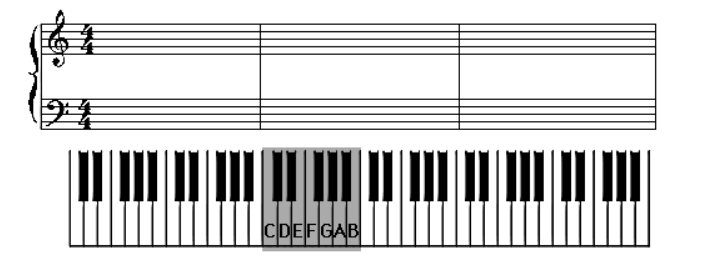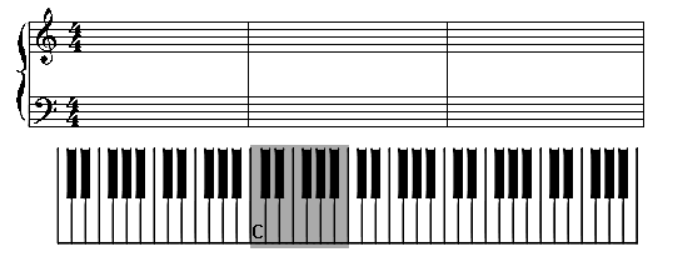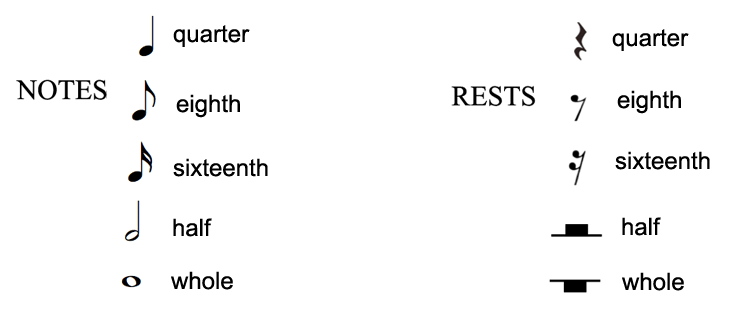

Since 1994, PianoNanny has taught many thousands of people to read music & play the piano for free. Your help is appreciated. Please consider making a donation today. Thank you.
This Donate button will open a secure PayPal form for you to quickly and easily make your donation.
Lesson 3 - Section 1

Music is an Art and a Way of Thinking
You have come a long way now. “Good for you!” Music is a language that all people understand. It reaches into the soul and speaks a special message to each person. It helps to relieve stress and you can talk to someone through instrumental music when the words are just not there.
Lesson 3 - Section 2

Music and Maps and Math
In order for someone to play music, and not just the notes in a random way, they will need a kind of map to tell them which note to play, when to play it, and for how long. It is like a hiker on a trip. The hiker’s map tells them where to go, how to get there, where to rest, and how long (or short) to stay if they want to get to the end of their journey on time. Reading a piece of music is a kind of hiker’s map. And if more than one person is playing the same music with you, you will both need a map to tell you which note to play, where to rest, and how fast or slow to go so that you both end your journey at the same time. This is what measures and beats do for you. They are the directions on a map to play music . . . a musical map.
Lesson 3 - Section 3

Let’s Review
We have beats in each measure that equal this portion of the measure:
Lesson 3 - Section 4

Music Notation
As you look at musical notes, what we call notation, you will see that a note can have a solid black circle or a black circle with a hole in it.